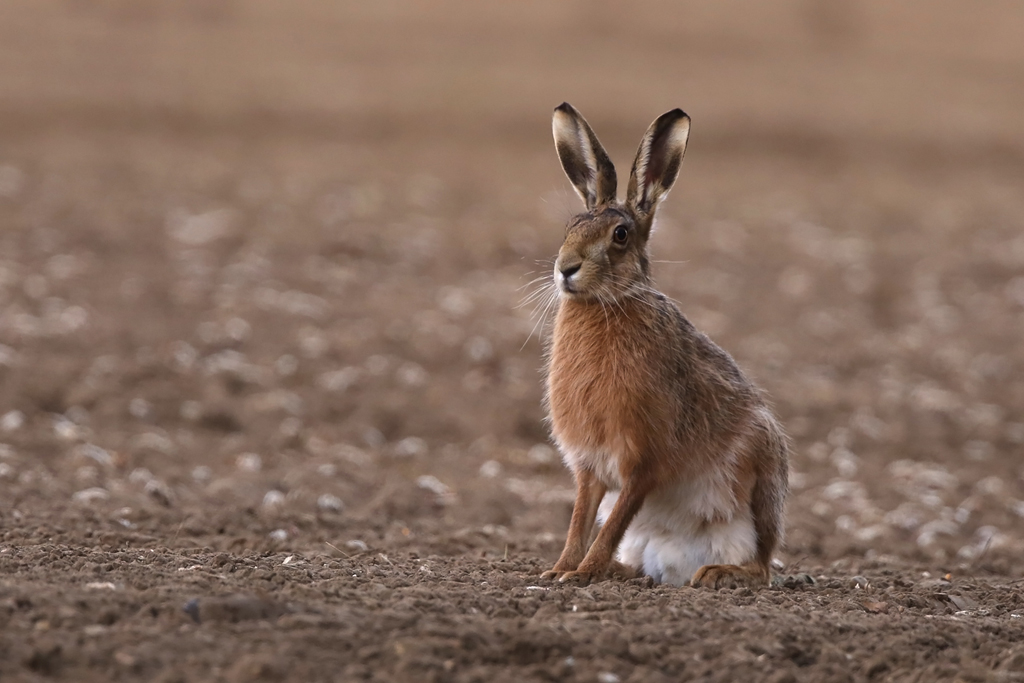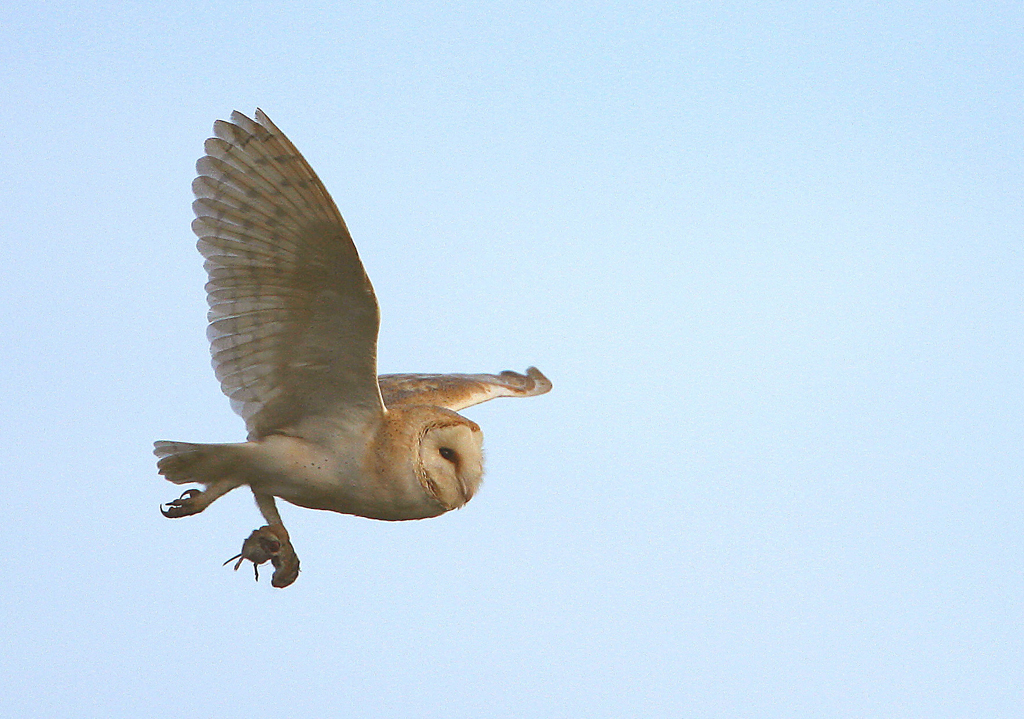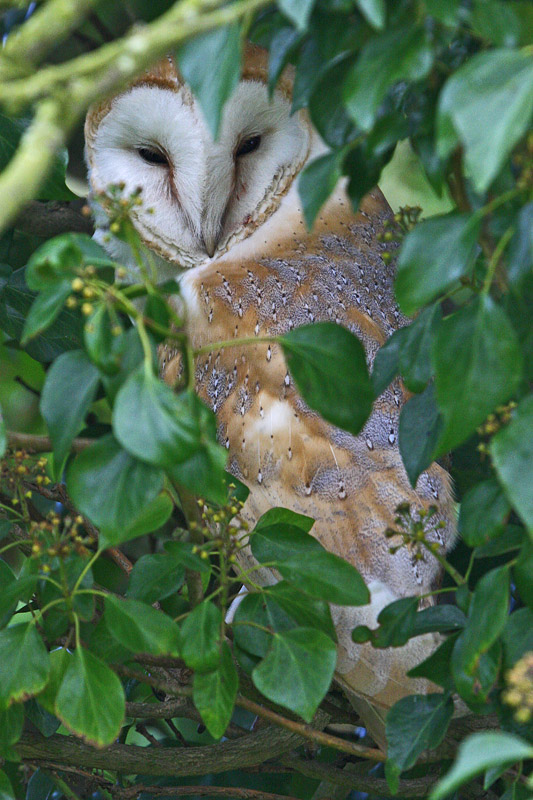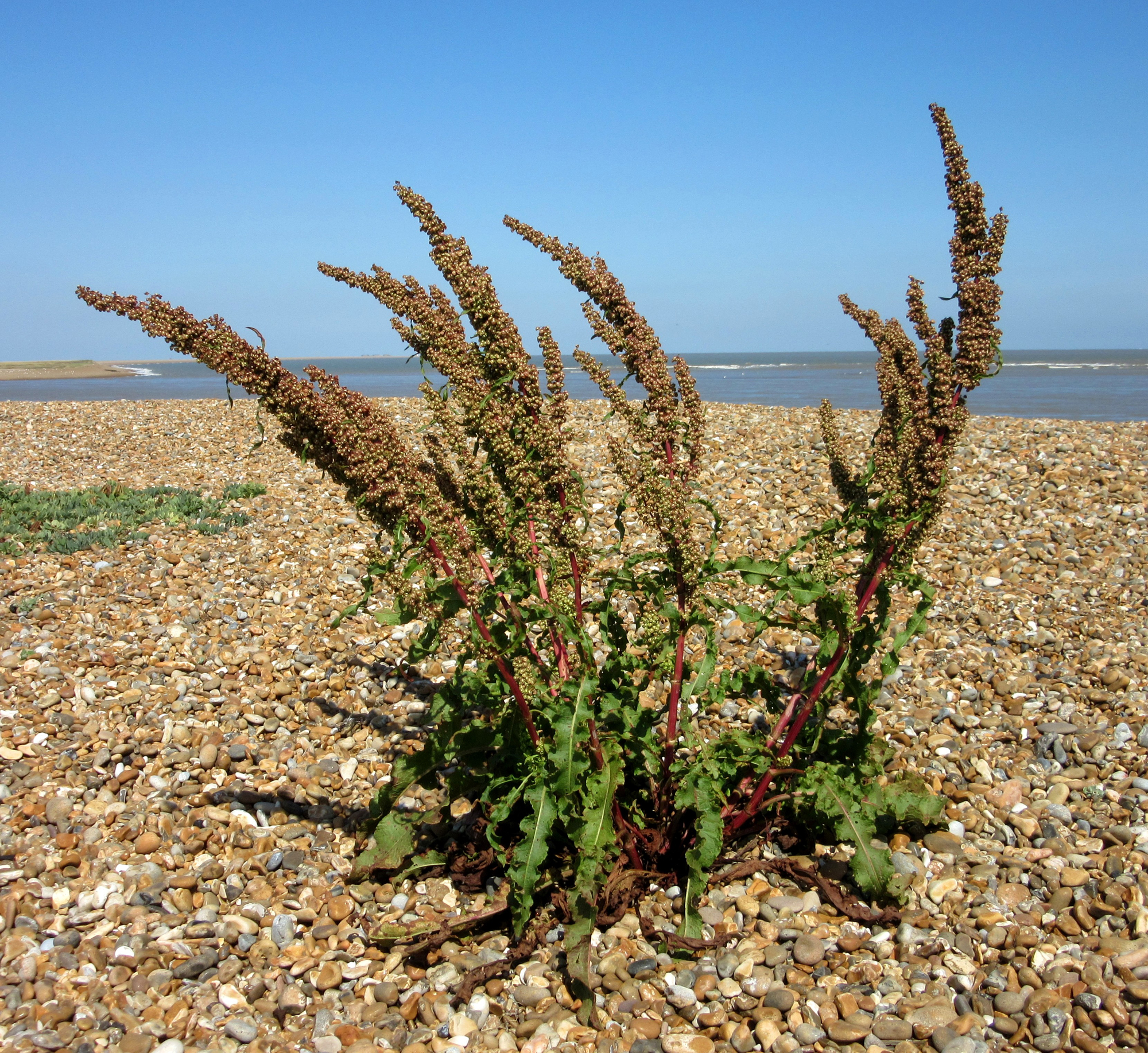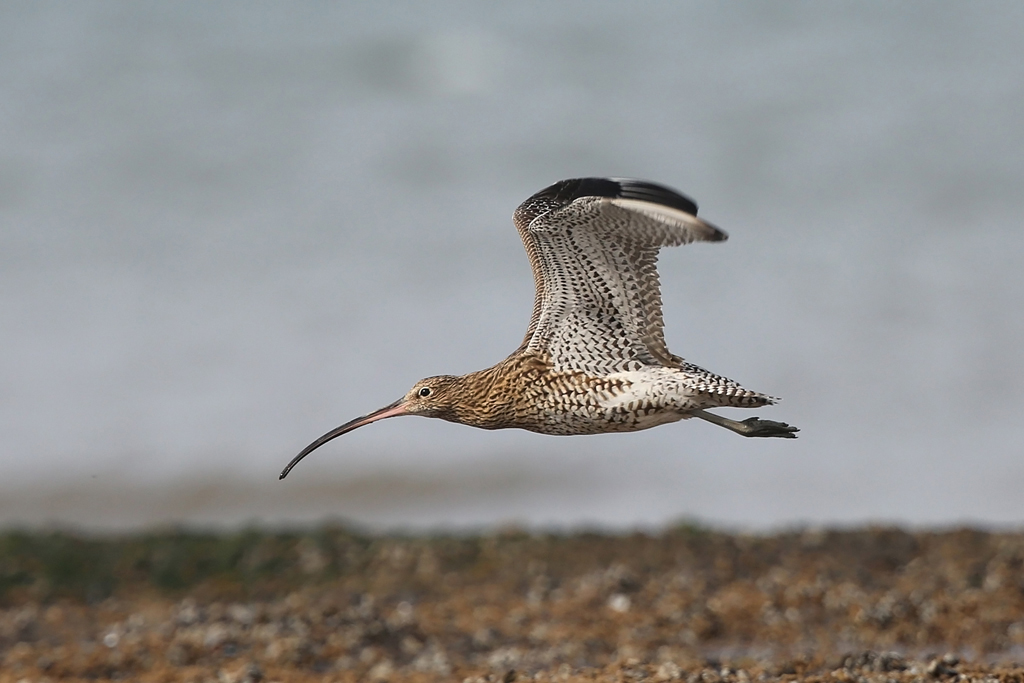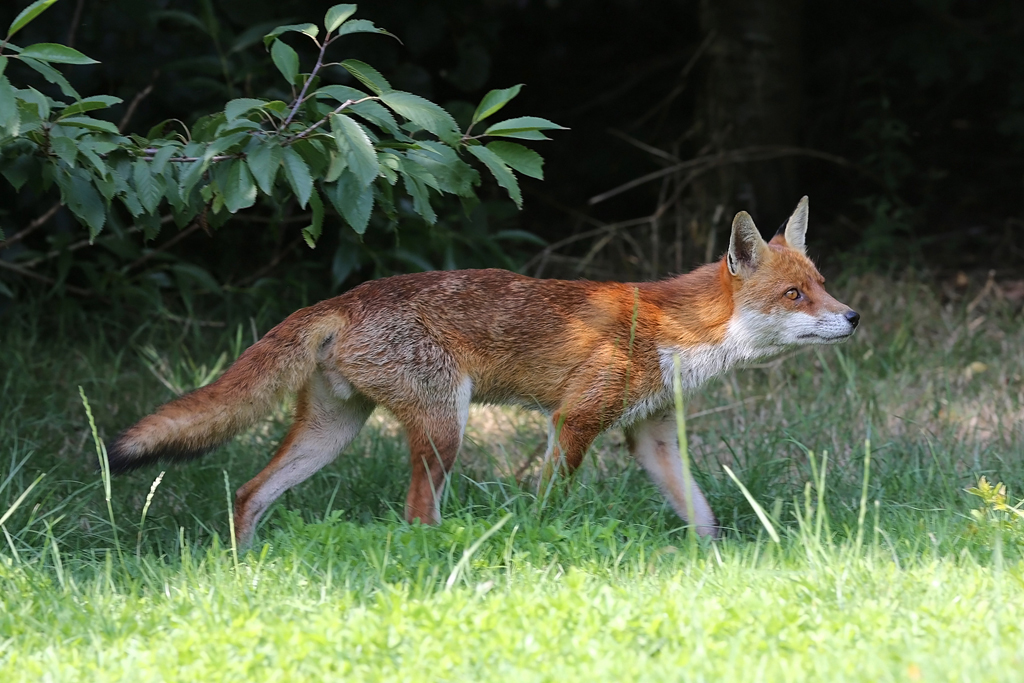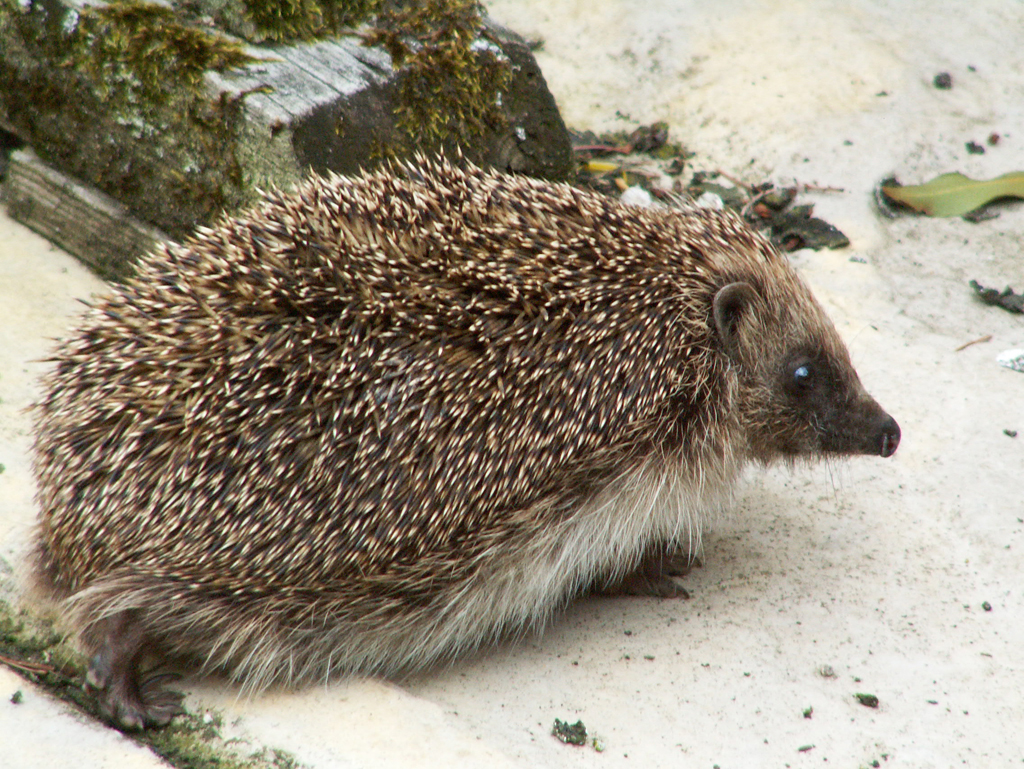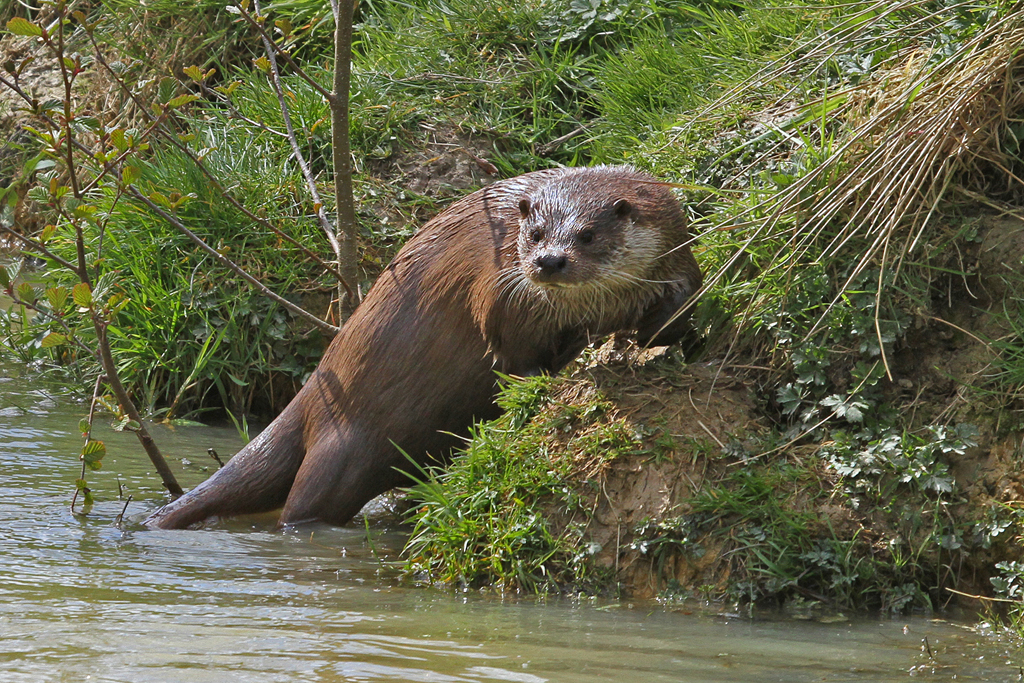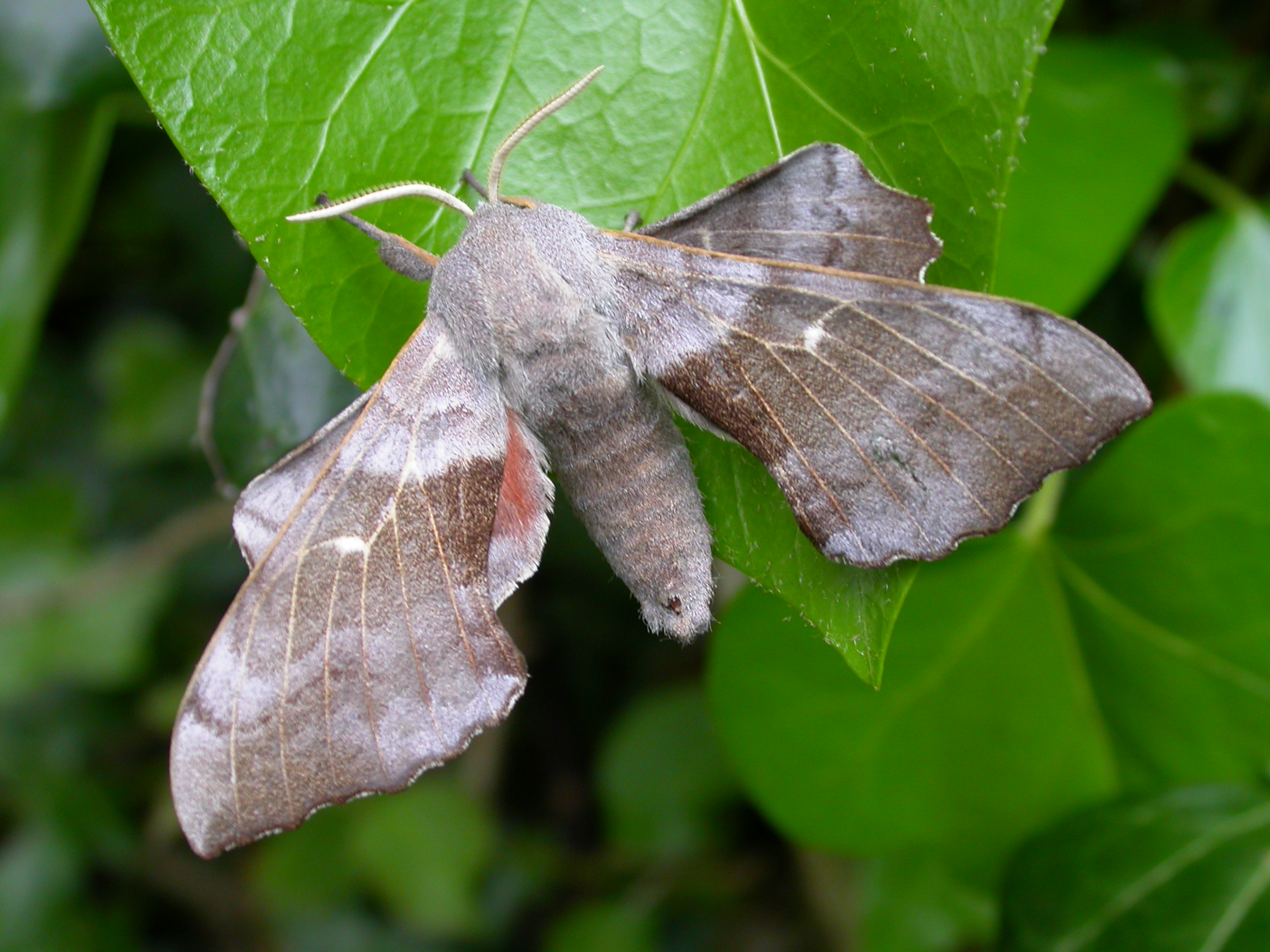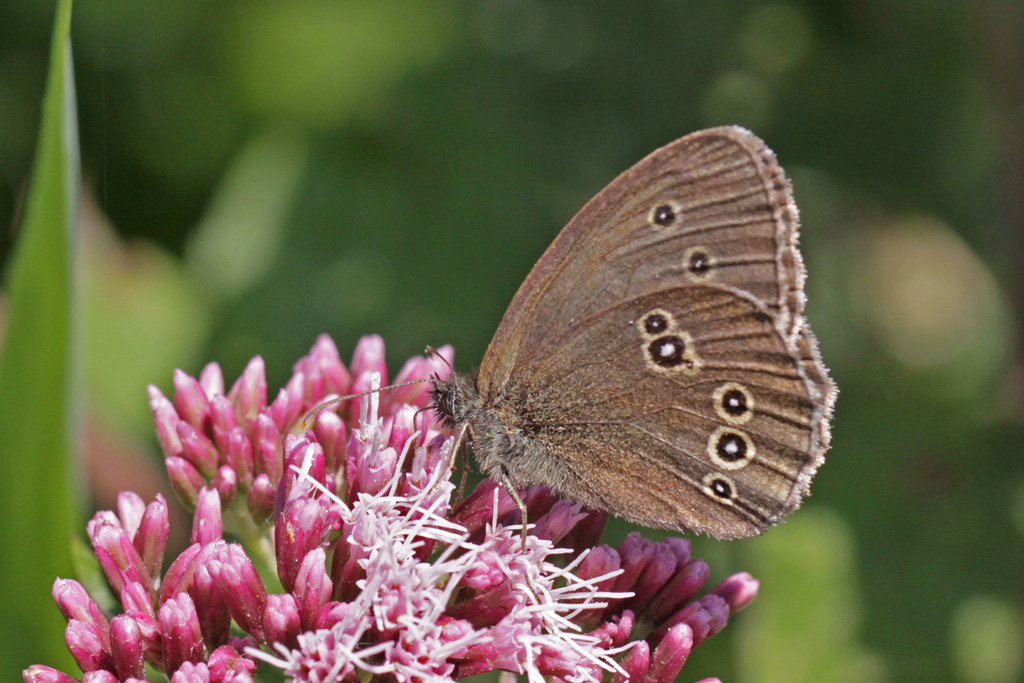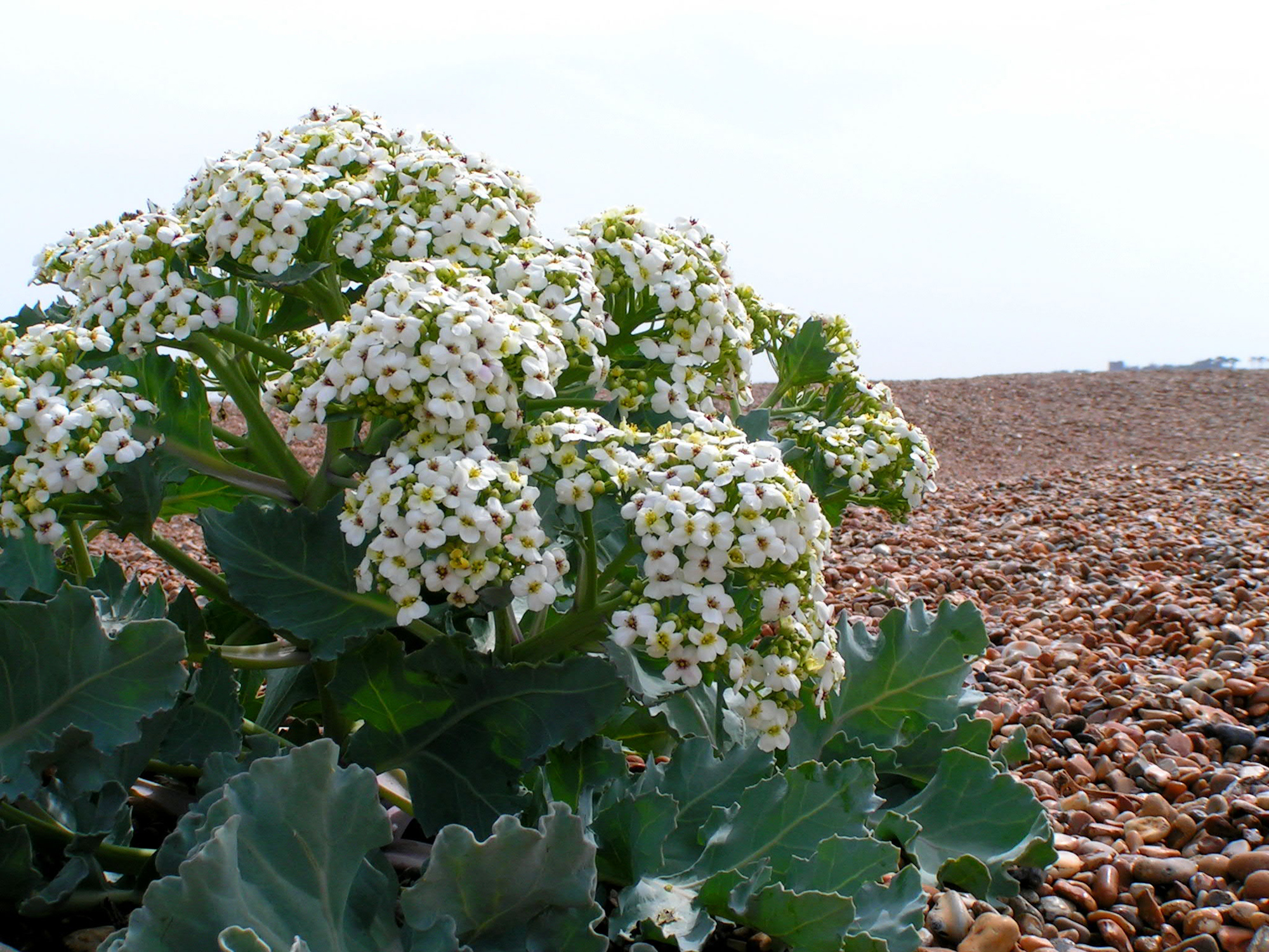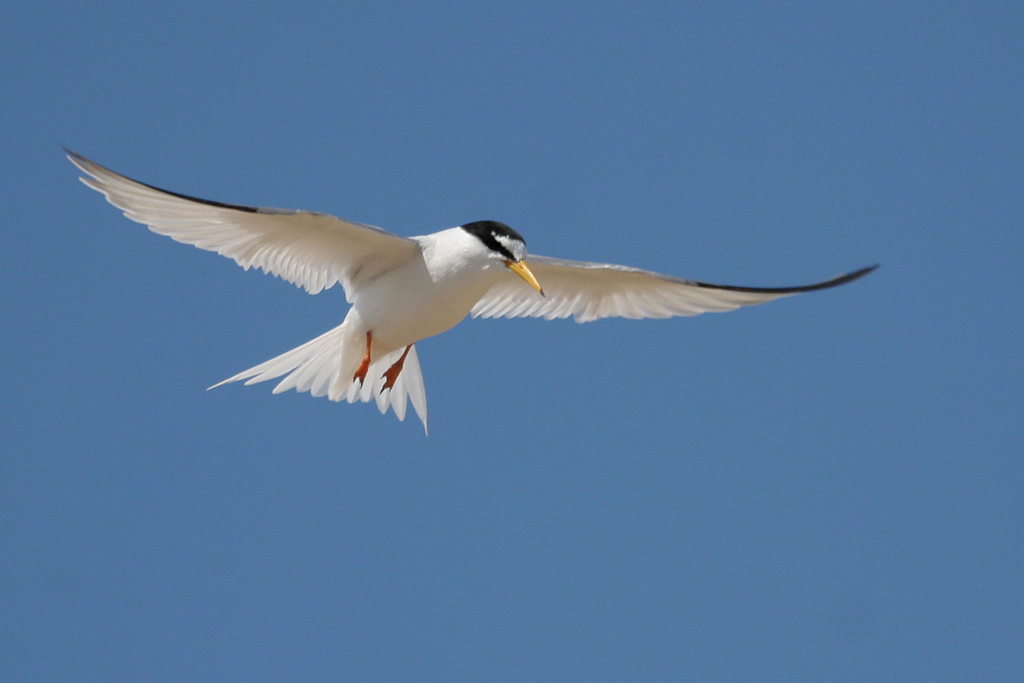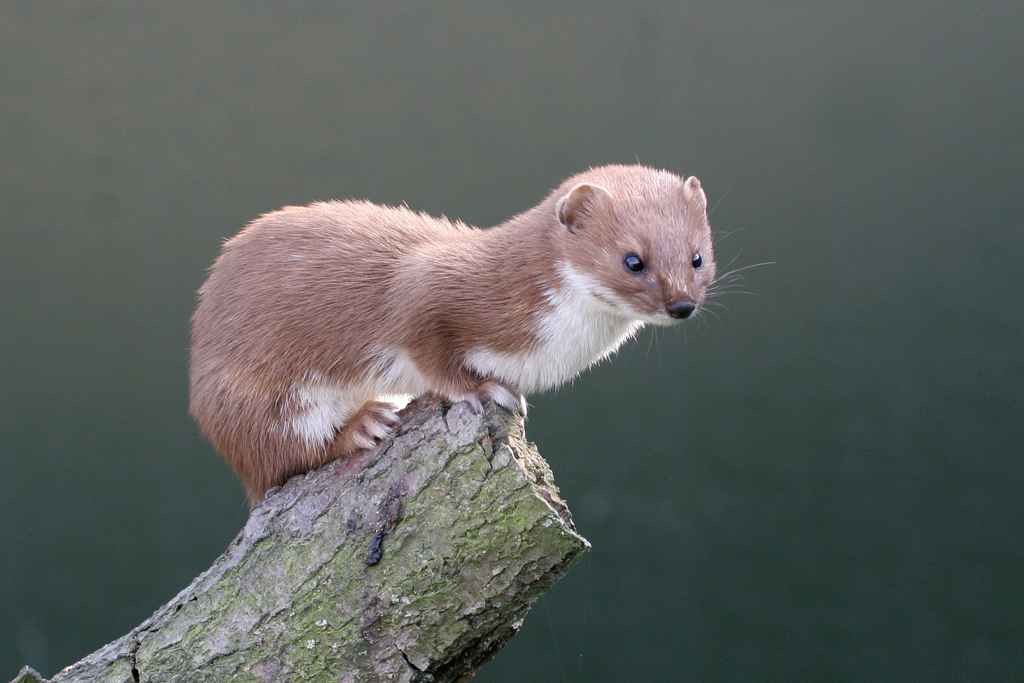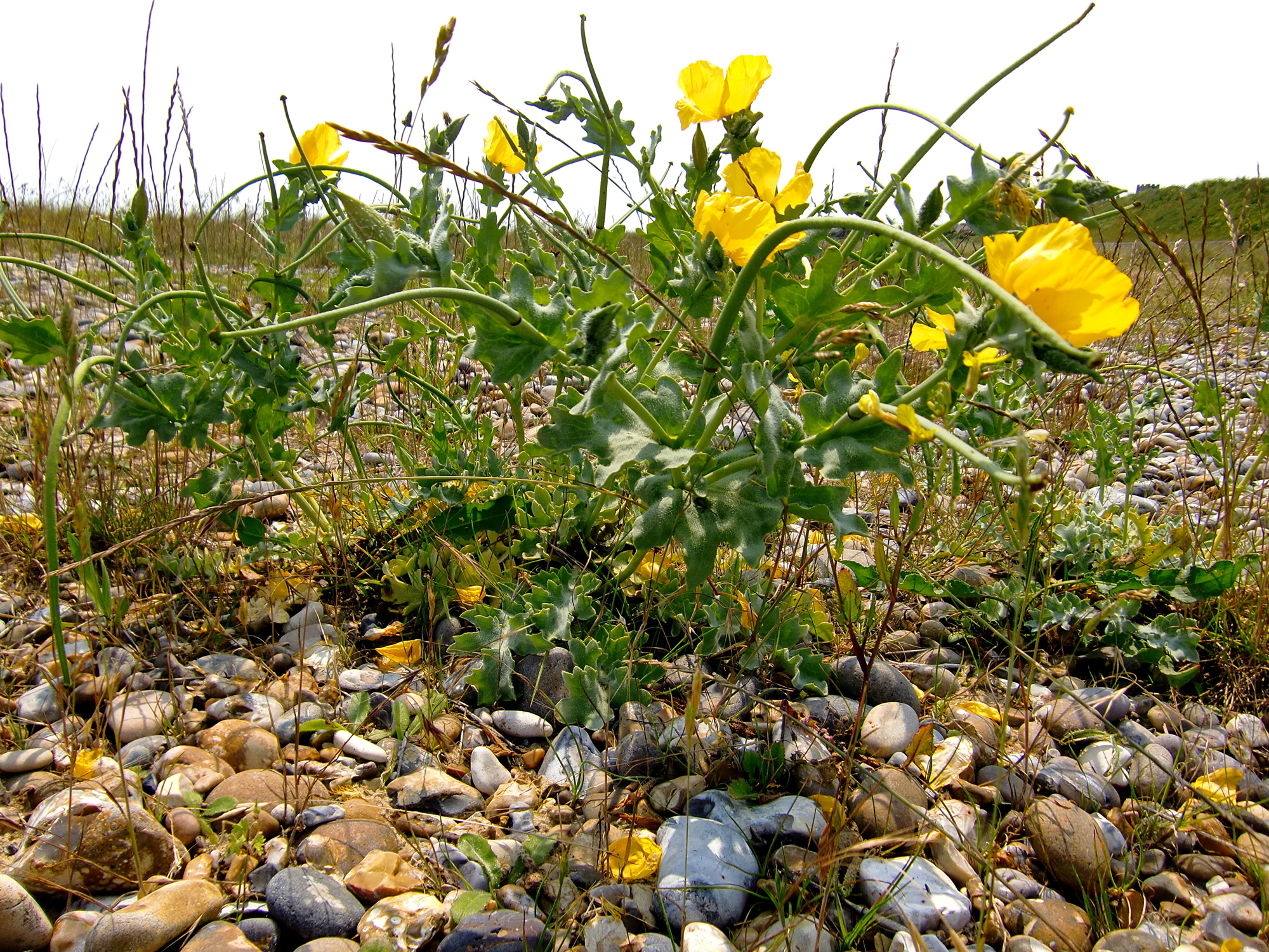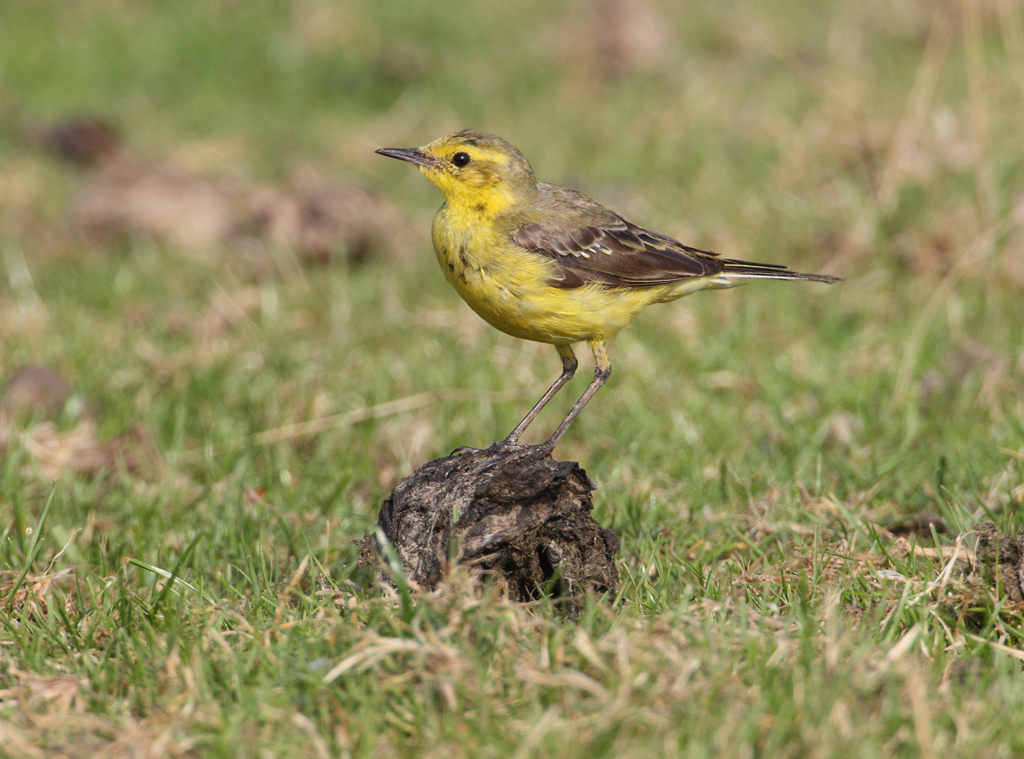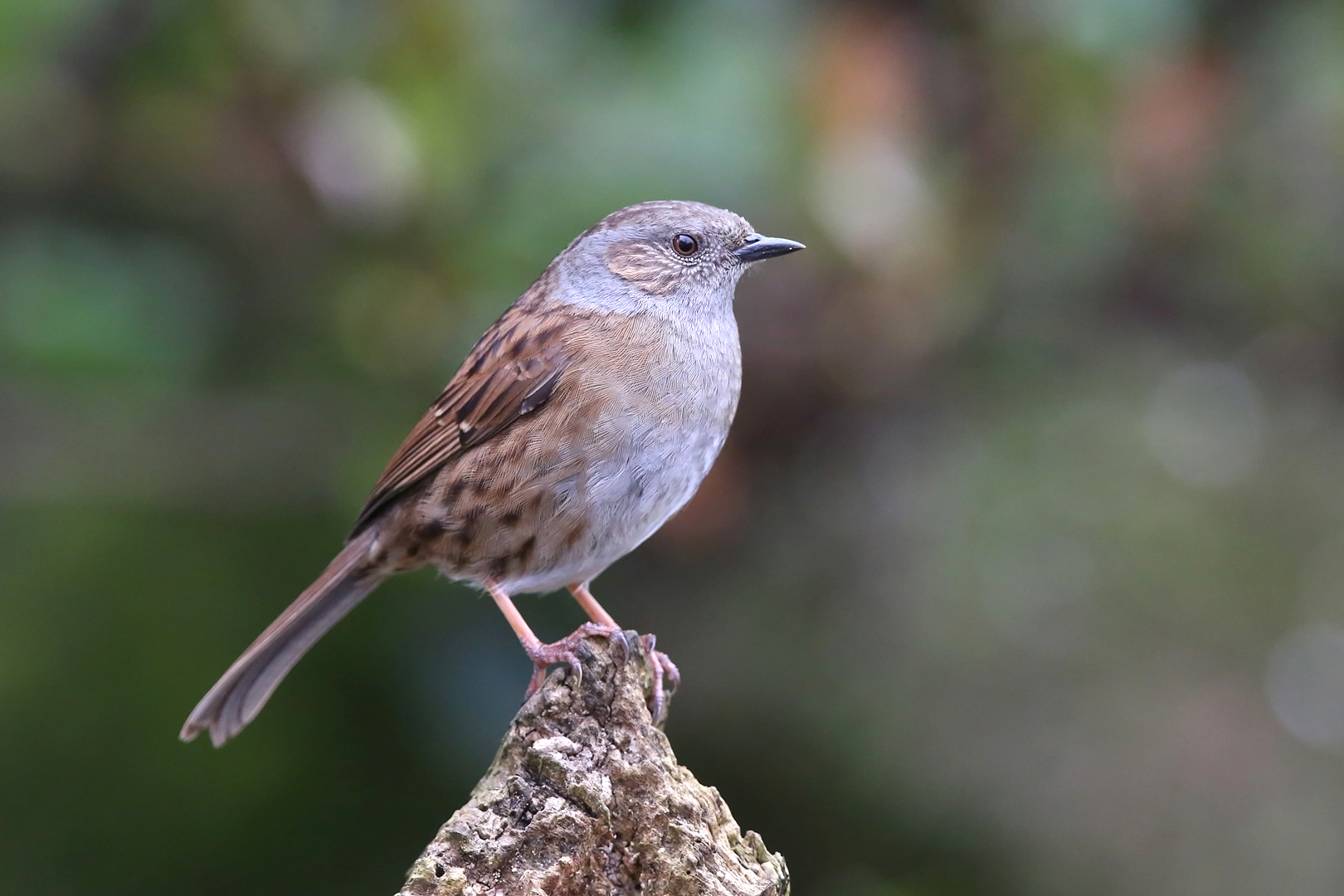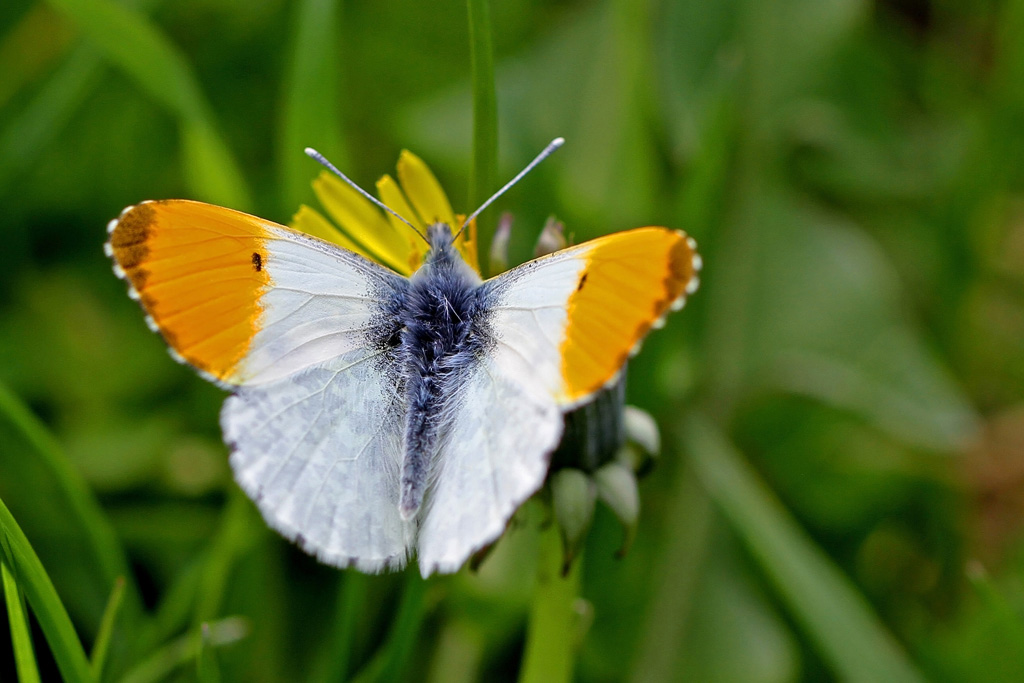Category: Conservation
Village Voices Nature Note: a Local Success Story
I see that the Minsmere bird reserve is celebrating its 75th anniversary this year. Congratulations! It’s a haven for all kinds of wildlife, of course – some 6,000 different species at the last count – but its long history has been especially associated with one particular bird, the avocet, surely one of our most charismatic national species. Avocets are quite unmistakable. They’re tall, graceful wading birds, a picture of elegance with that pied black-and-white plumage – both bold and delicate at the same time, like fine porcelain. They have unusual upturned bills, which they swish from side to side, sifting the saline pools for small crustaceans and invertebrates, and they have those lovely long legs in an extraordinary shade of pale blue. Even the name sounds attractive. It’s derived from the Italian and sounds so much more elegant, as you might expect from the Italians, than the old English names of scoop-bill, clinker, yelper and barker. Avocets are impossible to miss if you are near a colony, since they keep up a chorus of soft fluting calls should you approach too close. In fact, if they think their chicks are threatened they can become quite aggressive and the avocets turn into exocets, dive-bombing the intruder.
Even if you’ve never seen a real avocet you must have seen an image of one, since they have long been the official RSPB logo and appear everywhere on their badges, signs and products. This was a very shrewd commercial choice by the RSPB, since not only are the birds beautiful to look at but they are also the perfect symbol of a great conservation success story. Avocets disappeared from Britain as a breeding species in the nineteenth century, as a consequence of human persecution and wetland drainage, but they miraculously reappeared in 1947 just after the end of the war, ironically returning to a habitat of flooded farmland and marshland which had been deliberately created as part of our coastal defences. They found their own way back to the Suffolk coast at two places: Minsmere, which is now the premier RSPB reserve in the country, and Havergate Island in the Ore estuary, where they bred successfully under conditions of high security (the RSPB even had a secret code name for the place – Zebra Island’). Since then avocets have spread along the East Anglian coast in suitable habitats, but they still need our protection in the breeding season, especially from uncontrolled dogs on the local seawalls – we had a tragic incident at Shingle Street a few years back. Let’s help preserve our avocets as a happy symbol of national recovery and regeneration – the return of a native.
Jeremy Mynott
11 May 2022
Recent Reports
28 Apr 2022
The booklet,
Knowing your Place: Wildlife in Shingle Street gives an introduction to the main wildlife habitats in Shingle Street and has at the back a complete list of all the birds, mammals, butterflies, moths, flowers, dragonflies, grasshoppers, spiders, crustaceans, insects and other categories of wildlife recorded here. The big
Biodiversity Survey has more detailed and technical information on these, too. In addition, there is a monthly ‘Nature Note’ in Village Voices, which forms a kind of running commentary on the seasonal year with other reflections on the local environment more generally. You can access a selection of these articles by calendar date
here.
Visitors are also encouraged to send us their their own sightings of interest by using the contact page
here.
Jeremy Mynott
Current conservation activities
30 Jan 2022
As part of our conservation objectives, a working-party representing the residents of Shingle Street have been in discussion with neighbouring parishes about how best we can manage growing visitor pressures into the future, so that that we can continue to welcome respectful visitors, while at the same time protecting this vulnerable landscape and its special flora and fauna from thoughtless human behaviour. The entire beach, for example, is a Site of Special Scientific Interest (SSSI), which means it is ‘an offence to intentionally or recklessly damage, disturb or destroy any land, flora or fauna’ within the site and it is our responsibility as owners’ to ensure adherence to these legal protections.
We are therefore trialling a number of practical protective measures, as described in this
June 2021 report in Village Voices, and we will be making regular reports of a similar kind on our progress with these and other initiatives.
Village Voices Nature Note: In Praise of Life
One of these days we shall wake up and hear that David Attenborough has died. There will then be deep and widespread national mourning, since he has become a sort of secular saint – a new St Francis of the birds and animals. But one should praise people while they are still alive and with us, not just write solemn obituaries when they are dead, so here goes.
For years Attenborough has been our guide to the natural world – infectiously enthusiastic, knowledgeable and, what is not at all the same thing, wise. It has become a sort of televisual cliché, but now an addictive one: the camera shows us some impossibly remote and inhospitable terrain from a great height; we pick out a tiny, distant figure in the wilderness of ice, marshland or desert; the picture zooms slowly in; and there is Attenborough, spreading his arms outwards to welcome us in, swaying around somewhat erratically to emphasise his words, and telling us, almost confidentially, in that so familiar, slightly hoarse voice, ‘And here, even in these extreme conditions, there is life, abundant life, and just over here behind me is something really quite extraordinary …’ .
In his autobiography he tells the story of his first job-interview with the BBC. His interviewer recommended that he be given a job, but should on no account be allowed in front of a camera, because of his peculiar facial movements and body language. This is precisely his great charm, however. He has the priceless gift of conveying his sense of wonder and excitement about the natural world in a way we can share and can see to be genuine. He is the perfect guide and intermediary, who invites us in and then lets us see what he saw and enjoy our own reactions. So many other presenters seem over-rehearsed by comparison. They spend more time presenting themselves than the wildlife, and their flirty chit-chat and highly staged conversations just get in the way.
I once heard Attenborough give a talk. The hall was packed, of course, and at the end of his spellbinding performance the chairman invited questions. A little boy at the front shot up his hand and asked in piping tones, ‘Please, Sir, how can I be like you when I grow up?’ The audience collapsed. But the great man took him seriously and said, ‘Well, the first thing you might do is go outside in your garden and look hard at something. I mean look really closely, for a long time, and then try to draw or write down what you saw and think of some questions to ask. It may become a habit.’
Jeremy Mynott
12 April 2022
Village Voices Nature Note: a Herald, but of what?
01 Feb 2022
I went into my woodshed on the last day of the year and was greeted by a In my woodshed on the last day of the year I was greeted by a Herald. Not a Herald, not some reveller dressed up for a New Year’s Eve party with a trumpet reveller dressed up for a New Year’s Eve party with trumpet and tabard, but a and a tabard, but a moth and a lovely one at that. The Herald is quite a large, moth and a lovely one at that. The Herald is quite a large, furry moth, with a furry moth, with an imposing delta-winged shape and beautifully scalloped r delta-winged shape and beautifully scalloped rear-edges to the wings. This one ear-edges to the wings. This one was glowing with colour: it had bright orange was glowing with colour: it had bright orange flashes on its wings with shades flashes on its wings, with shades of pink and purple when it caught the light, of pink and purple when it caught the light, bold white cross tramlines with bold white cross tramlines with some finer lines of tracery running down to the finer lines of tracery running down to the wings’ edge and to finish it off, some wings’ edges and to finish it off, some neatly positioned white and black spots. neatly positioned white and black spots. Quite a spectactle - and a surprise too Quite a spectacle – and a surprise too, since you rarely find moths hibernating ince you rarely find moths hibernating through winter, though a few butterflies through the winter, though a few butterflies like Peacocks do.
The Herald Moth’s name may be meant to recall the flaring skirts of the medieval herald’s traditional costume, but its scientific name libatrix suggests dieval herald’s traditional costume, but its scientific name, suggests an alterna- an alternative explanation. Libatrix literally means meant ‘someone who pours a libation’, so maybe we are supposed to imagine the moth as a Roman priestess in her fine robes, pouring a libation to the gods or we could update that and think of it as someone raising a glass to greet the New Year with a rousing `Good Health’. Well, let’s hope so. My moth will emerge from hibernation in March or April, and what will our world be like then? Who knows? A month is a long time in a pandemic.
I’m uneasy. I think it was the exceptionally mild weather that made this Herald more active. Daffodils are already shooting up their green spears and may be flowering as you read this. I saw a bumblebee on the ivy the other day and birdwatchers have just spotted the first swallows of the year in Cornwall. We had the warmest ever New Year’s Day and people turned out in crowds to enjoy the unseasonable temperatures but we know this isn’t normal – or didn’t used to be. Some early stages of climate change may seem quite pleasant round here, but look round the world: tornados in the American mid-West, Typhoon Rai in the Philippines, record fires and snowfalls in Colorado, a heatwave in Bilbao. This is the ‘new normal’ and it’s coming our way. Expect the unexpected.
At COP 26 last November – remember that? – we were given some reasons to be hopeful. But have the promises already been forgotten? Can we still turn things round? Perhaps the wise advice is to think like pessimists and behave like optimists.
Jeremy Mynott
Village Voices Nature Note: Let there be Dark
01 Dec 2021
I’m writing this on 1 November, when we have just changed the clocks and plunged deep into darkness until 27 March next year. I wish we could just stay with Summer Time myself, as the EU plans to do and as (little-known fact) we actually did in Britain experimentally from 1968-71; but then the Scottish farmers weighed in and said it was unfair to cows to change their milking times. Why even tell the cows if they have a problem with it, I wondered at the time, but maybe I was missing a point about circadian rhythms.
These are the automatic systems that constitute our 24-hour body-clocks and they manage all kinds of bodily functions like sleep patterns, mental alertness, cell
regeneration and brain-wave activity. They are triggered by changes from light to dark and are called circadian from the Latin circa diem about a day. All animals and plants have them – they control the precise timing of things like hibernation, reproduction and migration. You can watch some flowers literally closing down for the night as dusk falls.
We used to do that too, but in the last hundred years or so we have found two ways of scrambling these control mechanisms. First, we can travel rapidly through time zones, delaying the onset of night by five hours, for example, if we fly to New York – hence jet-lag. Secondly, we are the only species that now lives a good proportion of its life in artificial light, which we had never evolved to do in the millennia before electricity arrived in every home – hence insomnia.
We’re also increasingly inflicting this insomnia on the natural world, through light pollution in our big cities. It wasn’t a nightingale that sang in Berkeley Square, it was almost certainly a robin, confused by the street lights into think- ing that dawn had arrived. We read of baby turtles in Florida heading back up the beach to certain death instead of following the light of the horizon down to the sea. One study in the US estimated that some five million birds might die each year from becoming disoriented in migration and colliding with tall build- ings. And probably billions of insects perish in the glare of lights to which they are irresistibly attracted, so in turn depriving insectivorous songbirds of their usual food supply and further depleting their numbers too. As for glow-worms and fireflies, forget it: the ingenious courtship signals developed over millions of years of evolution are completely lost against the backdrop of skyglow.
Just look at this satellite picture of London by night. Soon everywhere will be over-lit ... except Shingle Street, I hope.
Jeremy Mynott
Village Voices Nature Note: Back to School?
01 Nov 2021
How much do young people know about nature? Do they ever look up from their phones for long enough to actually see anything? We may be about to find out since there are plans to introduce a new GCSE in Natural History and the Cambridge University Exams Board is right now working out a curriculum. As a taster, they sent round these sample questions below.
1. Grampy pig, hardback and curly bug are all common names for a:
(a) earwig; (b) woodlouse; (c) centipede?
2. Muntjac deer are the size of a:
(a) domestic cat; (b) large dog; (c) cow?
3.Is a slow worm a:
(a) worm; (b) snake; (c) lizard?
4. Horseshoe, pipistrelle and bechstein are all UK species of:
(a) bat; (b) deer; (c) orchid?
5. Which of the following is a visitor to the UK (ie, not resident):
(a) little tern; (b) song thrush; (c) wren?
6. Dead man’s finger (Xylaria polymorpha) is common in woodlands. Is it a:
(a) fruit; (b) fungus; (c) flowering plant?
7. A glow-worm is:
(a) a beetle that can chemically produce light; (b) a worm with a glowing tail; (c) a beetle that rubs its wings together to produce sparks?
8. You are walking in the countryside and find a deep 15cm conical hole with foul-smelling liquid poo in the bottom. Is it:
(a) a rabbit toilet; (b) a badger latrine; (c) fox poo?
9. How many eggs do long-tailed tits lay:
(a) 5-8; (b) 8-15; (c) 16-20?
10. Which of the following species is native to the UK?
(a) sycamore tree; (b) brown hare; (c) wildcat
11. How do mussels attach to rocks:
(a) with strong, sticky threads; (b) clamp on with their muscles; (c) small tube feet?
12. The turtle dove has declined by over 90% since the 1970s. The main reason is:
(a) hunting by humans; (b) predation from other animals; (c) loss of habitat?
13. Is a brown argus:
(a) a butterfly; (b) a moth; (c) a dragonfly?
14. How fast does a gannet hit the surface of the sea when diving for
(a) 20mph; (b) 60mph; (c) 100mph?
15. How many different species of beetle are there in the UK:
(a) 150; (b) 1,300; (c) 4,200?
I reckon some of these are quite difficult, so top of the class if you got twelve or more right. But if it was under five, now’s your chance to add another qualification to your cv. Never too late. Answers below:
Don’t cheat!
Answers: 1b, 2b, 3c, 4a, 5a, 6b, 7a, 8b, 9b, 10c, 11a, 12c, 13a, 14b, 15c
Jeremy Mynott
Village Voices Nature Note: the Humbler Creation
01 Oct 2021
There’s plenty of public support for protecting charismatic species of wildlife like golden eagles, beavers, red squirrels, swallowtail butterflies and oak trees – even domestic alpacas, just recently. But what about the humbler creation, as the hymnist put it, of insects, beetles, and worms that actually make the world go around? Especially worms. Worms have traditionally been regarded as the lowest form of life. The word itself comes from the Latin vermes from which we get vermin, and to call someone a worm suggests they are beneath contempt. But as any farmer will tell you worms are critical to the health of the land. They devour and recycle dead vegetation, and act as tiny ploughmen to aerate, drain and fertilise the earth. The richer the soil the more earthworms there will be in it, so those worm- casts on your neatly cut lawn are more like compliments than disfigurements. It’s been estimated that in an acre of good pasture there may be a greater weight of worms under the soil than there is of live stock above it.
All the great naturalists in history have praised worms. Aristotle called them the intestines of the soil, while Charles Darwin studied them for over 40 years and observed, It may be doubted whether there are any other animals which have played so important a part in the history of the world. My favourite worm quote, however, comes from the peerless Gilbert White, curate of a small village in Hampshire, whose Natural History of Selborne (1789) is said to be the fourth most published book in the English language (after the Bible, Shakespeare and John Bunyan). White is the spiritual father of all today’s nature diarists (including me) and Selborne is the record of his daily observations in his tiny parish, which he rarely ever left. Here he is extolling the worm and making a very modern point about the interconnectedness of all life:
The most insignificant insects and reptiles are of much more consequence, and have more influence in the economy of Nature, than the incurious are aware of; and are mighty in their effect... Earthworms, though in appearance a small and despicable link in the chain of nature, yet, if lost, would make a lamentable chasm. For, to say nothing of half the birds, and some quadrupeds, which are almost entirely supported by them, worms seem to be the great promoters of vegetation, which would proceed but lamely without them.
In some cultures we become part of this chain too by eating worms – the Maori traditionally regarded them as a great delicacy; and in most others we willingly submit to the reverse process on death ...
Jeremy Mynott
Village Voices Nature Note: Benign Neglect
01 Sep 2021
Sometimes the best form of conservation action is inaction. The poet Gerard Manley Hopkins visited Loch Lomond in 1918 and afterwards wrote these lines, entranced by the wonders of its wild and untouched nature:
What would the world be, once bereft
Of wet and of wildness?
Let them be left,
O let them be left, wildness and wet;
Long live the weeds and the wilderness yet.
Further south, it sometimes feels as though we are waging a war on wildness. We transfer the house-proud virtues of keeping our homes clean and tidy on to the countryside itself, as if it was a kind of extension of our living rooms. Take the case of roadside verges. There’s no need to keep these shorn like carpets, as many landowners and local councils do. We have over 300,000 miles of rural roadside verges in this country, so that’s a major natural resource, equivalent in size to about half of the whole area of flowering meadows and grasslands we still have left (and we’ve lost a terrifying 97% of those to agricultural or urban development in the last 75 years).
Our verges support over 700 species of flowers overall and that’s nearly half our total flora. Never mind that you might think some of them weeds if they were in your front garden. What’s a weed but a flower in the wrong place? I walked a length of our local verges in July and they were ablaze with vetches, trefoils, scabious, knapweed, thistles, ox-eye daisies, meadowsweet, clovers and cranesbill. And all these flowers in turn support legions of butterflies, moths, bees and other insects. The bird’s foot trefoil, for example, feeds some 130 species of invertebrates, and it’s estimated that just a mile of flower- rich verge can produce 20kg of nectar-sugar, enough to sustain several million pollinators like these.
Verges do need to be cut periodically, or else the weight of dying vegetation would eventually overwhelm them and stifle next year’s growth, but the time to do this is late in the summer, or even autumn, when seeds will have been shed. That way you maximise biodiversity, whereas a suburban neatness amounts to mass ecocide. The old Best-kept Village awards used to be judged partly on tidiness, but we know better now. The name verge comes from the Latin virga, the staff of official responsibility, indicating the extent of the holder’s power, and our civic responsibilities now extend to saving our declining wildlife. In parts of Suffolk selected verges have therefore been declared Nature Reserves – great idea! Long live the weeds and the wilderness yet.
Jeremy Mynott
Shingle Street Settlement (from Village Voices)
As regular and long-time visitors to Shingle Street, many of you will be very aware of the significant changes we all saw last year in both the number and nature of visitors to the hamlet. Lockdown, increases in local housing and hot weather all contributed to this, and we noticed a marked shift away from the respectful leisure use of the beach towards much less considerate behaviour, with associated problems of littering, use of the natural area as toilets, damage to protected plants and landscape, and dangerous and thoughtless parking.
[Continue reading →]




